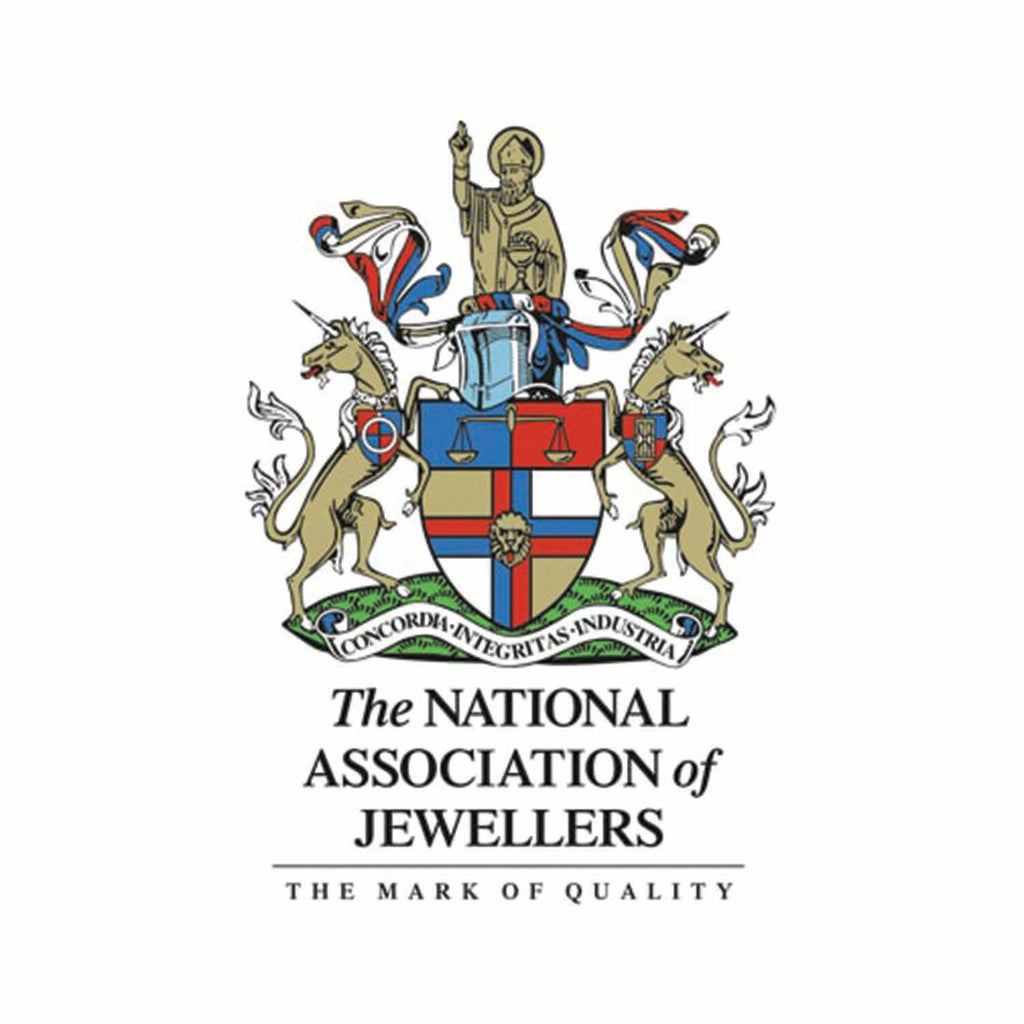Have you ever thought about where the diamond in the engagement ring you've been considering comes from?
It's becoming more and more common for the diamonds in your jewellery to be grown in a lab, and lab grown diamonds are quickly making a name for themselves as the right choice when it comes to ethical diamonds.
But what are the advantages of lab grown diamonds, and why should you consider a lab grown stone for your diamond engagement ring over a natural diamond?

Why buy a lab grown diamond?
Lab grown diamonds are an ethical choice
The ethics of diamond mining have historically been very questionable.
Many of the countries where diamonds are mined are located in sub-Saharan Africa, where it can be difficult to ensure regulations are being followed. Child labour, forced labour and violent exploitation have all been associated with the mining of natural diamonds, and many of the people working in the mines aren't paid enough to keep them above the poverty line.
Blood diamonds are mined in war zones and the profits are used to fund conflicts and violent, illegal activities that have devastating effects on the families caught in the crossfire.
On the other hand, lab grown diamonds have fewer consequences for the environment or the people working to create them. Generally, they are made in laboratories that are regulated, pay fair wages, and follow controlled health and safety guidelines.
Lab grown diamonds are more affordable
Lab grown diamonds can be grown in a relatively short six to ten weeks, and the human effort involved in obtaining them - compared to mining - is far less. Both of these factors, combined with the fact that lab grown diamonds don't share the same perceived rarity as mined diamonds, mean that the price tag is a lot friendlier for your wallet than traditionally mined diamonds.
In fact, lab grown diamonds could cost up to 50% less for a like-for-like stone than natural diamonds.
Lab grown diamonds are better for the planet
Diamond mining has a significant impact on the environment. The machinery required to move the huge amount of earth it takes to find the diamonds uses vast quantities of fossil fuels, plus shifting that much of the natural environment has a damaging effect on the ecosystems surrounding it. Soil and water supplies can become contaminated, causing harm to local people, livestock and wildlife. The impact of this holds even more significance when you consider that many diamond mining facilities are located in African nations where the water supply is already limited.
One of the benefits of lab grown diamonds is that whilst the laboratories used to make them still require energy to run, it's a lot less than is used for traditional mining, and many laboratories even use renewable energy. There's a recent increase in what are being called solar diamonds, where the diamonds are grown in laboratories using exclusively renewable solar power.
Lab grown diamonds are real diamonds
There's a common misconception that a diamond grown in a lab is not a real diamond. This is not true. Whilst they do sometimes go by the name simulated diamonds, they are made from the exact same materials and are no less real than natural diamonds. They even look identical to natural diamonds.
Lab grown diamonds are created using one of two processes: the first is when a diamond seed is exposed to heated hydrogen and gasses containing carbon, which allow more carbon deposits to crystallise and grow around the seed.
The second involves carbon materials being exposed to extremely high temperatures and pressure, in a way that mimics how diamonds are created in nature.
Since each new diamond is created from a unique diamond seed, it will maintain the properties of that seed. So if you're concerned that lab grown diamonds are all identikit stones, you needn't worry.
Lab diamonds come in different colours
Another of the advantages of lab diamonds is that they can be created in a variety of colours. Whilst shades such as pink, blue and yellow do exist in natural diamonds, these are extremely rare and likely to be very expensive.
The presence of particular mineral elements during natural diamond creation is what causes them to turn blue or yellow (for blue, it's boron, and for yellow, nitrogen). For pink diamonds, it's their specific crystal structure and the way they cause light to refract that makes them appear pink.
In a lab, these same processes are simulated to create diamonds in different colours, but one of their major benefits is that because we don't have to wait for a rare coloured diamond to be mined, they can be far more friendly for your budget.
Lab grown diamonds offer the same purity and quality
As we've mentioned, lab grown diamonds are made from the same materials and use the same processes to create as natural diamonds. Therefore, there's no reason for the purity or the quality of the stones to be any less than they are for mined diamonds. Some may even suggest that lab diamonds are of superior quality to natural diamonds, as the process is controlled and therefore the amount of high quality stones produced is likely to be greater.

Are there any disadvantages of lab grown diamonds?
We've given you plenty of pros, but are there any cons of lab grown stones when it comes to your choice for diamond jewellery?
One concern might be that an engagement ring featuring a lab diamond won't be as rare or unique as a mined diamond.
Well, aside from the peace of mind of knowing that your ring hasn't caused harm to people or planet anywhere along the line, allow us to let you in on a secret: mined diamonds aren't actually as rare as you may think.
The idea of diamonds being hard-to-come-by was emphasised by a particular diamond company in the 1930s - the same company that gave us the notion that 'diamonds are forever'. In earlier centuries, diamonds were a rare commodity reserved only for the elite classes that could afford them. But the discovery of vast diamond mines in South Africa in 1870 meant that this perception could have become a thing of the past if the company behind it all hadn't acted quickly with their epic marketing efforts.
If your hesitation over buying a lab grown diamond is that your gems won't be one-of-a-kind, then consider what it is about diamond engagement rings that makes them unique: is it the fact that they include a diamond, or is it the particular setting, the choice of metal, the combination of stones and the way they catch the light and sparkle? Or - most importantly of all - the special person who gave it to you?
If you're keen to have an engagement ring like no other, then a bespoke ring is the ideal choice. At Wild Fawn, we offer a range of ready-to-buy ethical engagement rings. Or why not explore our bespoke service if you'd like to talk about sourcing your own perfect lab grown diamond?







